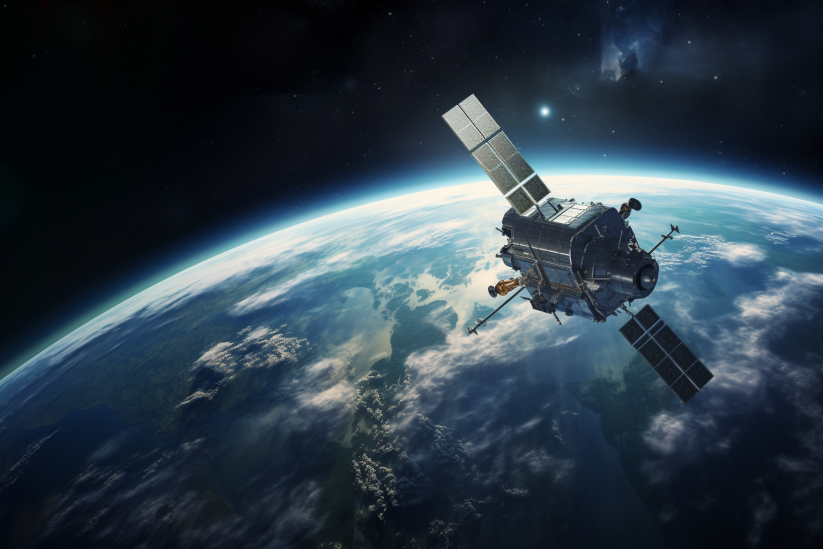Space industry to leverage AI in orbit to enhance satellite autonomy and safety
Several startups, companies, and governments are trying to build the next AI chips to unleash the potential of the technology in space.

The space industry is actively pursuing the integration of artificial intelligence (AI) into its operations, particularly in orbit around Earth. This initiative is driven by a joint effort by startups, established firms, and governmental agencies, all aiming to develop new chips that will harness AI’s capabilities under the harsh conditions of space.
AI can substantially enhance the functionality and efficiency of satellites, which are crucial components of the global space economy. Some satellites do analyze data onboard using AI systems, but for the most part, they still have to transfer it back to Earth for processing, which is often limited by available bandwidth and costs.
With the number of satellites in orbit reaching 10,000 and growing, the high-tech equipment they hold has been generating more data and the risk of collisions with each other and with space debris has also increased. AI could help drive growth in the space economy, which could reach up to $1.8 trillion by 2035 according to some experts, on par with the entire semiconductor industry. Placing AI devices on satellites could give them a higher level of autonomy when navigating by processing data in real time.
Moreover, the development of AI in space is not limited to hardware improvements. AI and robotics are also being leveraged to accelerate the development of new materials, which could be used to enhance the durability and performance of space-bound embedded AI systems.
Why does it matter?
The space industry is still in ‘the Dark Ages’ according to former NASA administrator Dan Goldin, with computing done in ‘data centers and mission control’ instead of doing ‘at the edge’.The extreme conditions in space have limited the use of AI on board satellites, which play a crucial role in the industry.
Radiation can damage electronics on board and the space vacuum makes it more challenging to dissipate heat produced by powerful graphics processing units (GPUs). Advanced AI Chips would have to withstand extremely high and low temperatures, and power sources are limited power sources in space. A GPU in an Earth-based data center can require one kilowatt of electricity when less than one watt is available for an entire satellite in orbit. Adding batteries and solar panels would add significant weight to the spacecraft.
‘We have launch vehicles, launch towers, spacecraft, onboard propulsion, and antennas, and in the end, it comes down to the damn semiconductor,’ Goldin added.
The race to deploy AI in orbit is a multidimensional effort involving advancements in chip design, material science, and the critical infrastructure provided by leading space companies like SpaceX. These developments could positively impact the operational capabilities of satellites, improve their autonomy and safety, and potentially transform the entire space industry.
